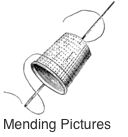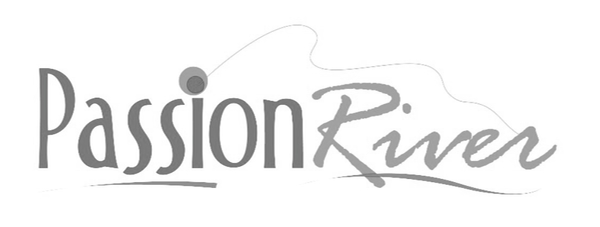Wallflower’s screenplay entered my life at the Ugly Mug, a tiny coffee shop full of University of Washington students with the exception of a pair of filmmakers; writer and soon-to-be director Jagger Gravning and myself. We previously met at a continuing education course I guided at Seattle’s Artist Trust only months before. I suppose that he liked what I had to offer and somewhere between my past work and a less than balanced enthusiasm for climbing uncharted routes, the possibility of collaboration emerged along with the possibility of monumental failure.
What compelled me in the story was that it was drawn from firsthand accounts of losing friends who possessed indomitable spirits. The joyful fury of music sensation that generations before, I chased with hardcore punk at CBGB in New York, 1980’s Grateful Dead in Colorado and presently in Seattle with avant-garde jazz at venues across town was magnetic. The way the collective lives ended, some continuing on, with a scorched irony of lives lost after a night of pursuing life without hesitation.
The weight of the crucible in recreating a mass-shooting and being responsible to the affected community was a tonnage I had not anticipated. So much so, that the night before we were to film the extras heavy rave sequence at Vera Project — the internet blew up round midnight. I was told by a member of our film crew that a d.j. friend and advocate who had visited the set was now at the mercy of an online group who were going to blackball any extras who showed up to the set the next day. Meaning, no admittance to any events they might attend in the future controlled by them and no hope of promoting one’s own. And for added measure, threatened legal action, on-site protest and ultimately violence as our director was being physically threatened that night on-line.
What happened next was a dose of sanity dropped into the thread now proposing to lay waste to the film.
An individual asked if anyone had called to talk with the director as I had, after receiving the dire news of tomorrow’s impending implosion and in an attempt to restore faith, posted the director’s statement with Jagger’s permission to add his mobile number below his signature. Someone called and Jagger invited them to the set the next day.
Next morning as things were coming together at Seattle Center’s Vera Project, a stranger in sport coat appeared. Cue the producer, as the director is immersed in production. I introduced myself straightway and quickly found out on our way to a coffee shop that this person was a professional rewriter for motion picture screenplays. This could be a gift from an angel or a demon, depending on his taste.
As he asked to read the entire script, I was within thirty seconds out the door of the coffee shop to a copy shop, thinking to myself “this is out of your hands once he has read the script” and after years of development with the writer, its up to this emissary to determine its fate. He then disappears with the script for ninety minutes and returns ghost white to the set. On finding me, he conveys that he was in charge of handling media for all the affected families for one year after the event and that he was at the rave that night; further promising to protect loved ones from exploitation down-the-line.
He immediately mentioned there were details that only people who were present that night could have known, confirming in the process that we were indeed working with survivors. His next request was to speak with the extras, which Jagger okayed. He then asked for an adjustment to our art department materials recreating a poster from that night. Then asked me to get him a drink — as in a real drink. I went directly to a liquor store one block away and produced two airplane bottles of gin. He drank one right down and hit his phone keys for twenty minutes straight. Got up and drank the second and hit his keyboard again for twenty more.
At the end of his typing, he rises and walks over to me and says “everything should be fine now, thanks for delivering everything you outlined” and leaves the set.
I never saw him again.
Each story produced produces changes in the maker. The work works on us when we follow our instincts, as we must to avoid peril. Wallflower’s salience is realized via artistic process and by a patchwork film unit that transformed its molten flows into a sculpted motion picture. The credit goes to them, led creatively by our writer/director and to our producing group for reaching into the narrative furnace while maintaining faith.
Looking into the personal, the film has shaped my life in an unexpected way. One of event’s survivors has become a friend. Randi has struggled since the dark morning and we share a common recovery bond outside of the event itself. As she continues to plug away post-trauma, my hope and direct action vies to abandon fear in favor of honesty. This mirrors the end of film that lands softly with love and the remembrance of gifts from a friend.
Wallflower is hard won with memories wrought by the tragedy. We are driven to offer faithful questions about what it means to experience humanity in its many forms. Our thoughts and prayers are now accumulated actions that we have committed to the screen.




